The State of the UK’s Butterflies 2022
03 Feb 2023
A newly-released report on the UK’s butterflies has revealed that 80% of butterfly species in the UK have declined since the 1970s, and half of our remaining butterfly species are at risk of extinction from Britain.
The State of the UK’s Butterflies 2022 is based on nearly 23 million records of butterfly sightings, most of which are submitted by citizen scientist surveyors. The report is produced by Butterfly Conservation, the UK Centre for Ecology & Hydrology and BTO.
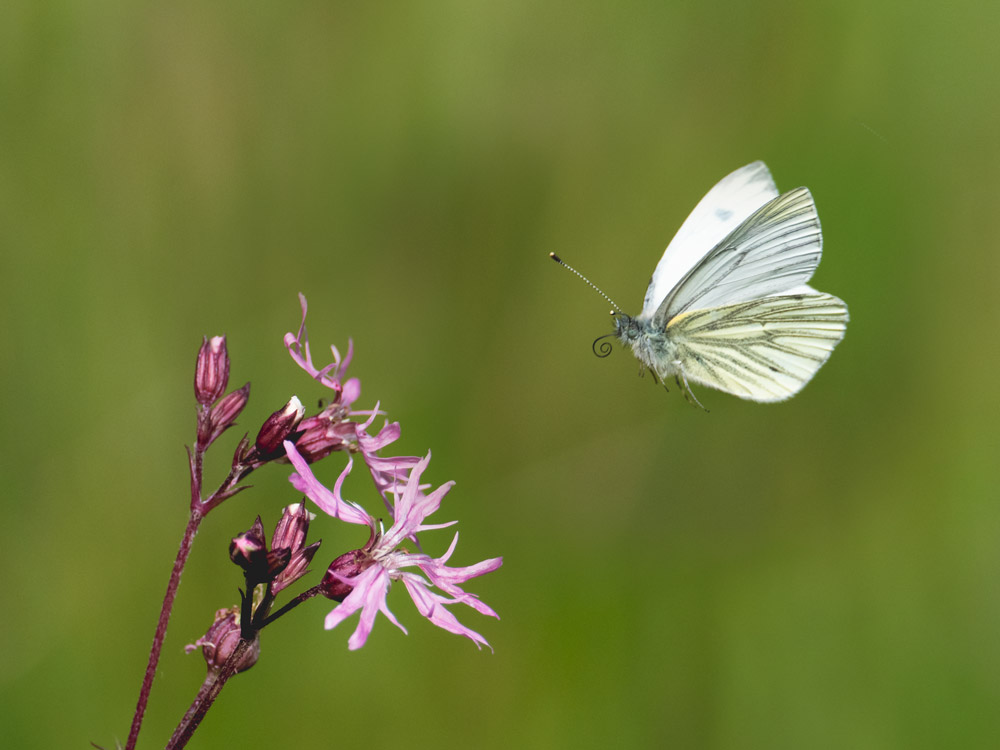
The Wider Countryside Butterfly Survey
WCBS is the main scheme for monitoring the UK’s common and widespread butterflies.
Find out how you can get involved.
Many BTO volunteers have contributed to the report by collecting data about butterflies on their BTO/JNCC/RSPB Breeding Bird Survey sites, as part of the UK Butterfly Monitoring Scheme’s Wider Countryside Butterfly Survey.
The report highlights long-term trends, which show that many butterfly species have declined over the last 50 years in both distribution and abundance.
Butterflies are an integral part of the UK ecosystem. They are a food source for many of our threatened bird species, pollinate our plants and are also valuable as ‘indicators’ of the health of our environment. They are often the first species to be affected by changes in habitat or climate, and their decline is a clear warning signal about the state of nature more widely in the UK.
Habitat loss has had a particularly severe impact on butterflies which require specific habitats such as flower-rich grassland, heathland, and woodland clearings to thrive. The distribution of these species has shrunk by over two-thirds since 1976.
However, even butterflies that are able to breed in the farmed countryside and urban areas have declined by 17% in abundance and 8% in distribution.
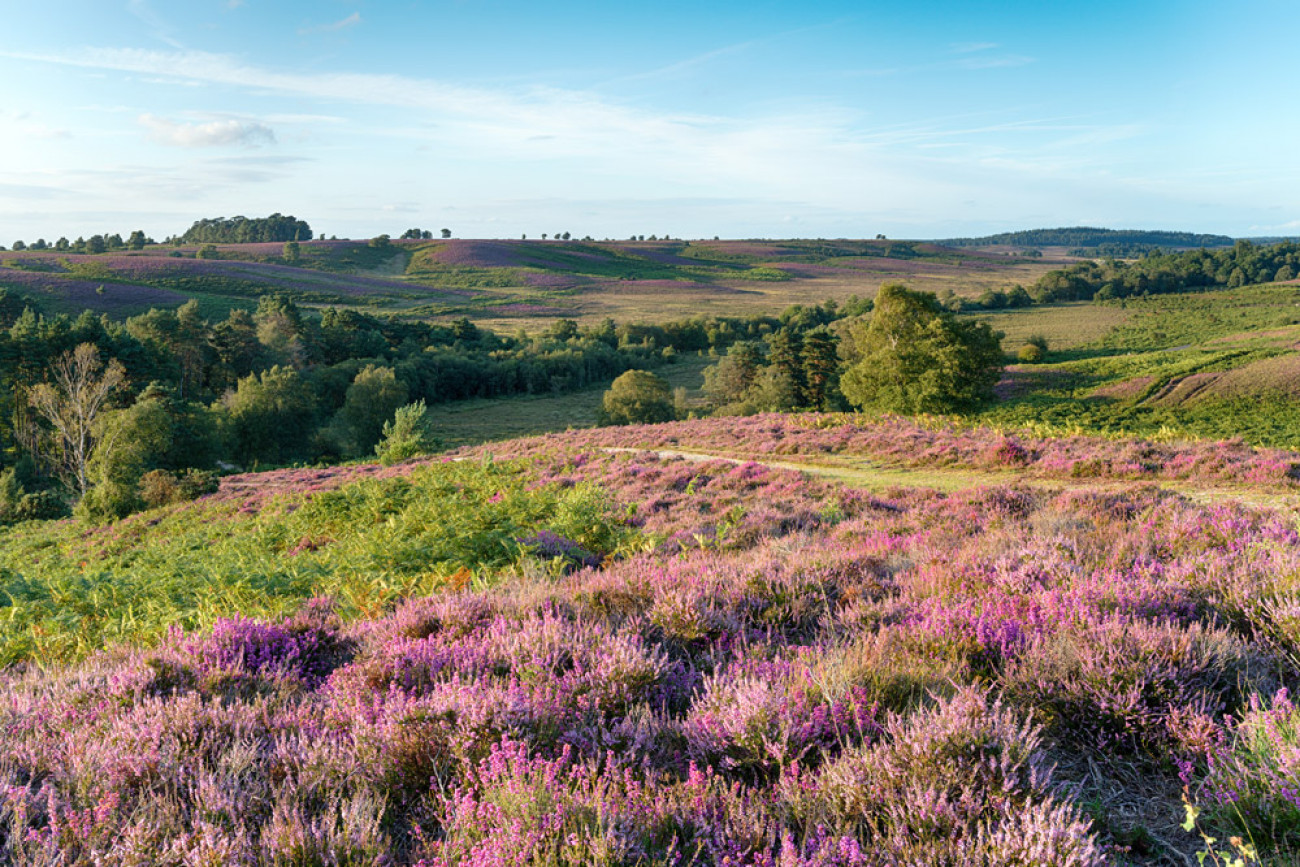

Amidst the declines, the report also provides evidence that we can make a huge difference for our most vulnerable butterfly populations.
“We know that where conservation action is carefully targeted and sustained in the long-term it has a real impact,” says Dr Richard Fox, Head of Science for Butterfly Conservation and lead author of the report.
A key example is that of the Chequered Skipper, a Butterfly Conservation Priority Species. Extinct in England by 1976, the species has been breeding in Northamptonshire since 2018 after a programme of habitat management and reintroduction in Fineshade Wood, Corby. The population has expanded naturally through the site’s carefully managed habitat, and, in 2022, nearly 150 adult Chequered Skipper butterflies were seen spread along 6.6 km of woodland rides.
As well as its success in England, Chequered Skipper has also expanded by 87% in Scotland. Indeed, Scotland generally bucks the UK trend; overall, butterflies show long-term increases in abundance and distribution north of the border.
Monitoring schemes like the Wider Countryside Butterfly Survey provide critical data for evaluating the status of our butterflies, but they also underpin evidence which demonstrates that conservation measures are a worthwhile investment.
Read The State of the UK’s Butterflies 2022.
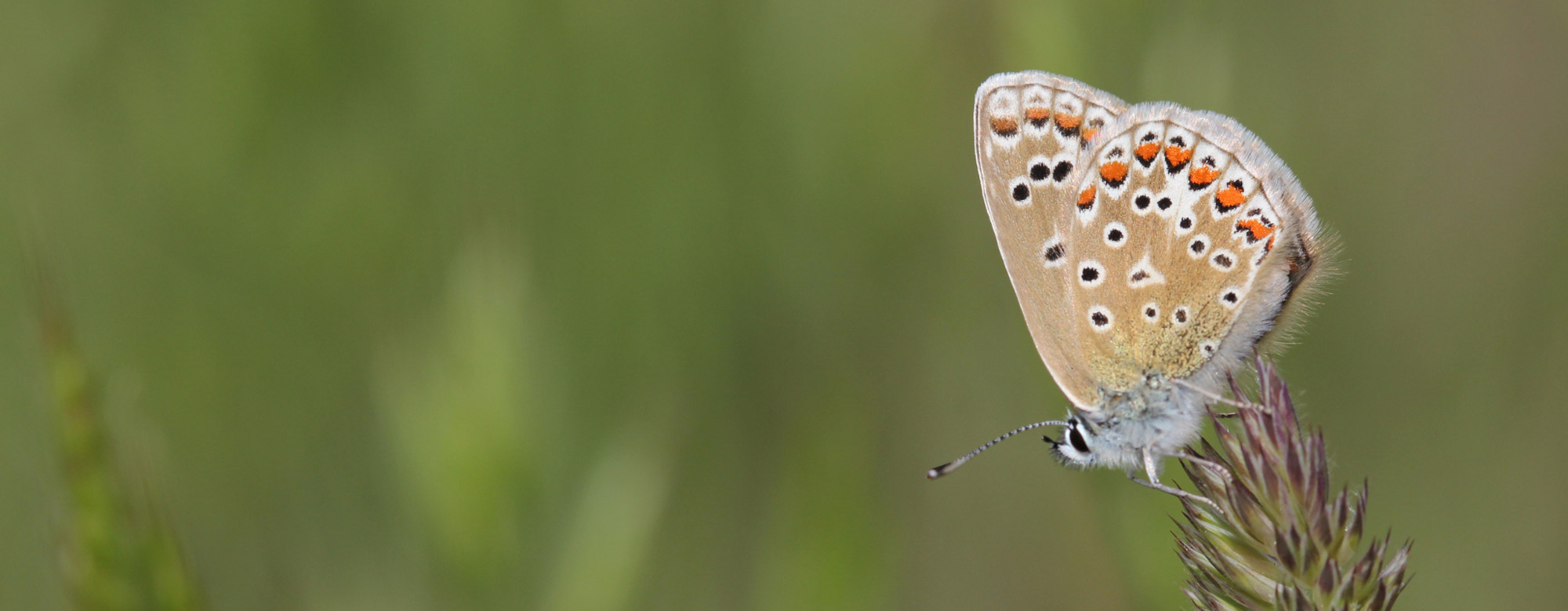
Survey butterflies in 2023
Sign up to the Wider Countryside Butterfly Survey and help us monitor butterflies this year.
Find out more
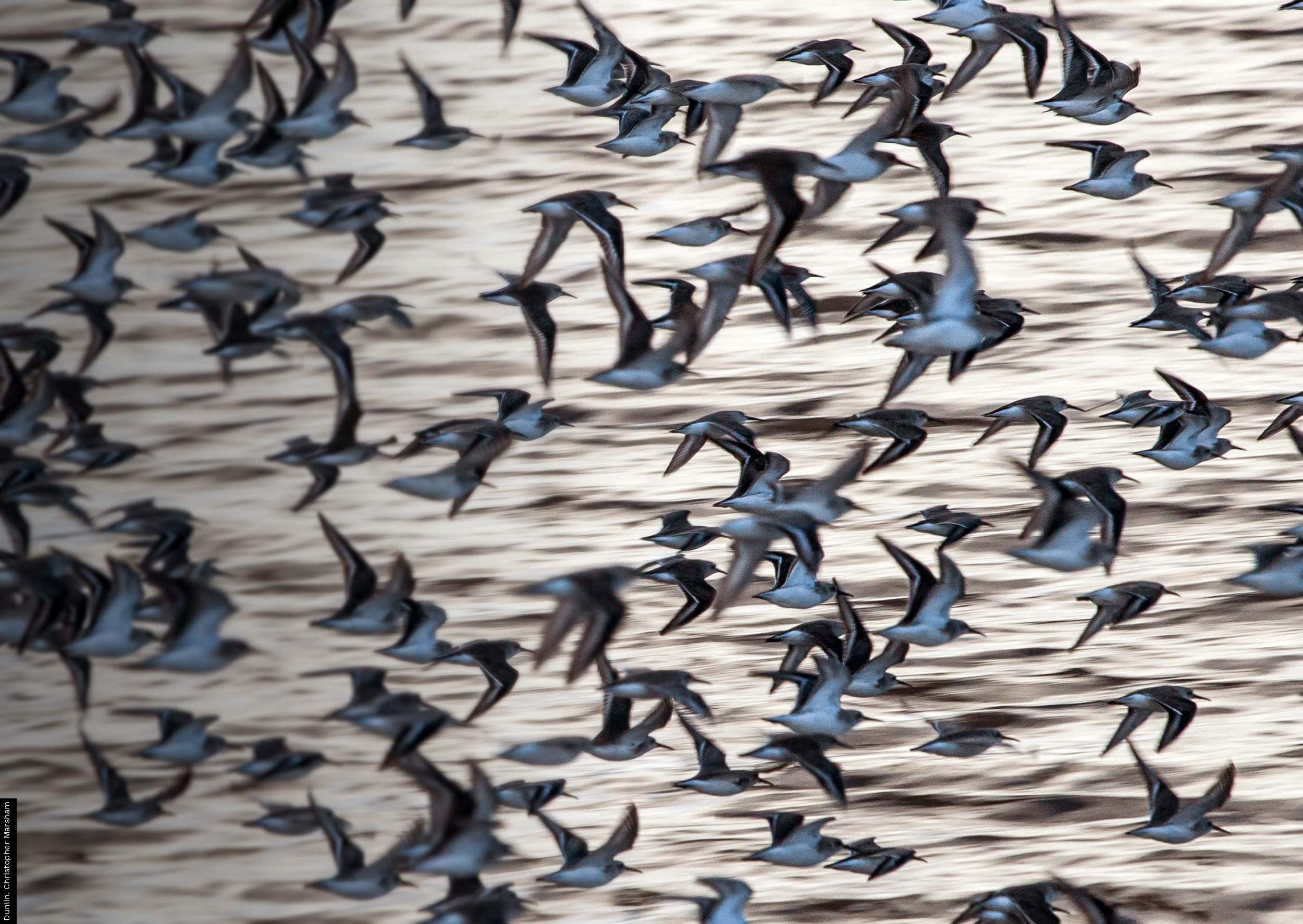
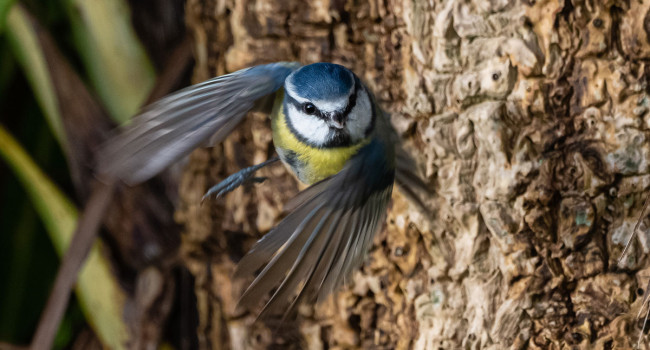

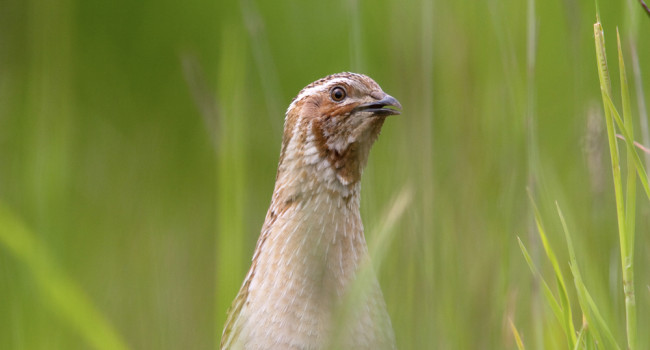

Share this page